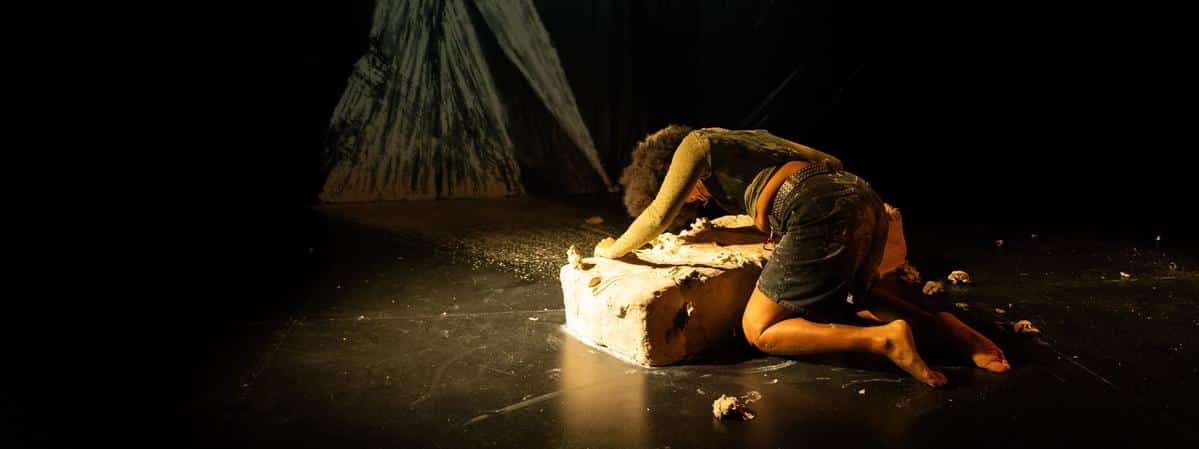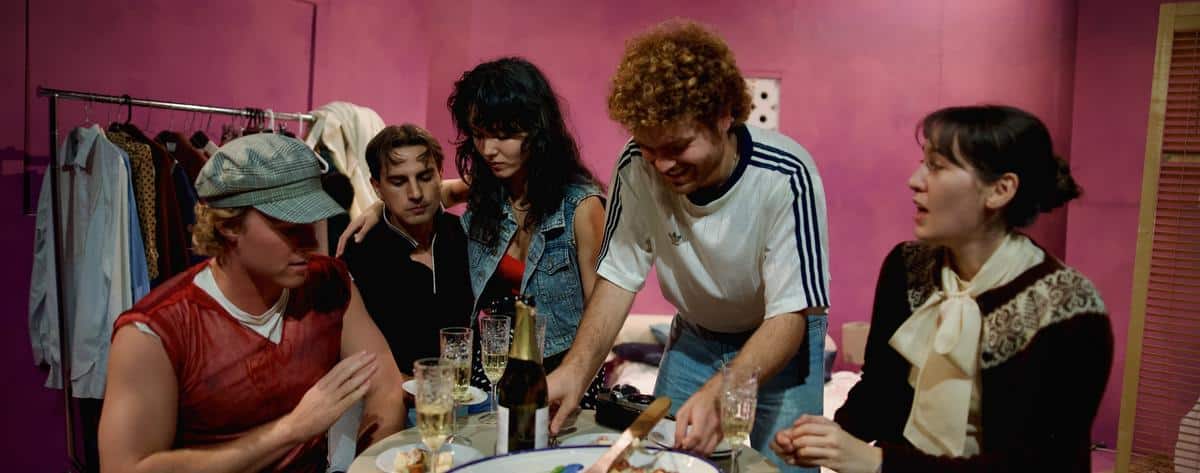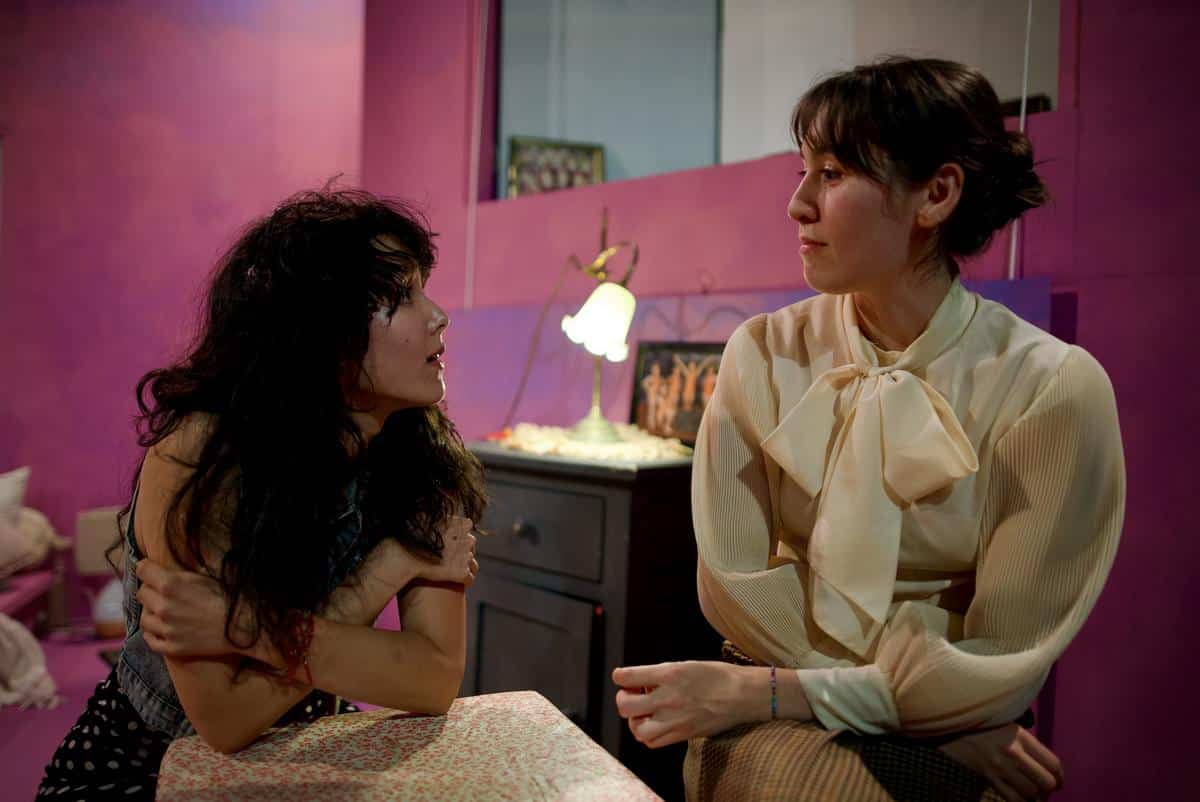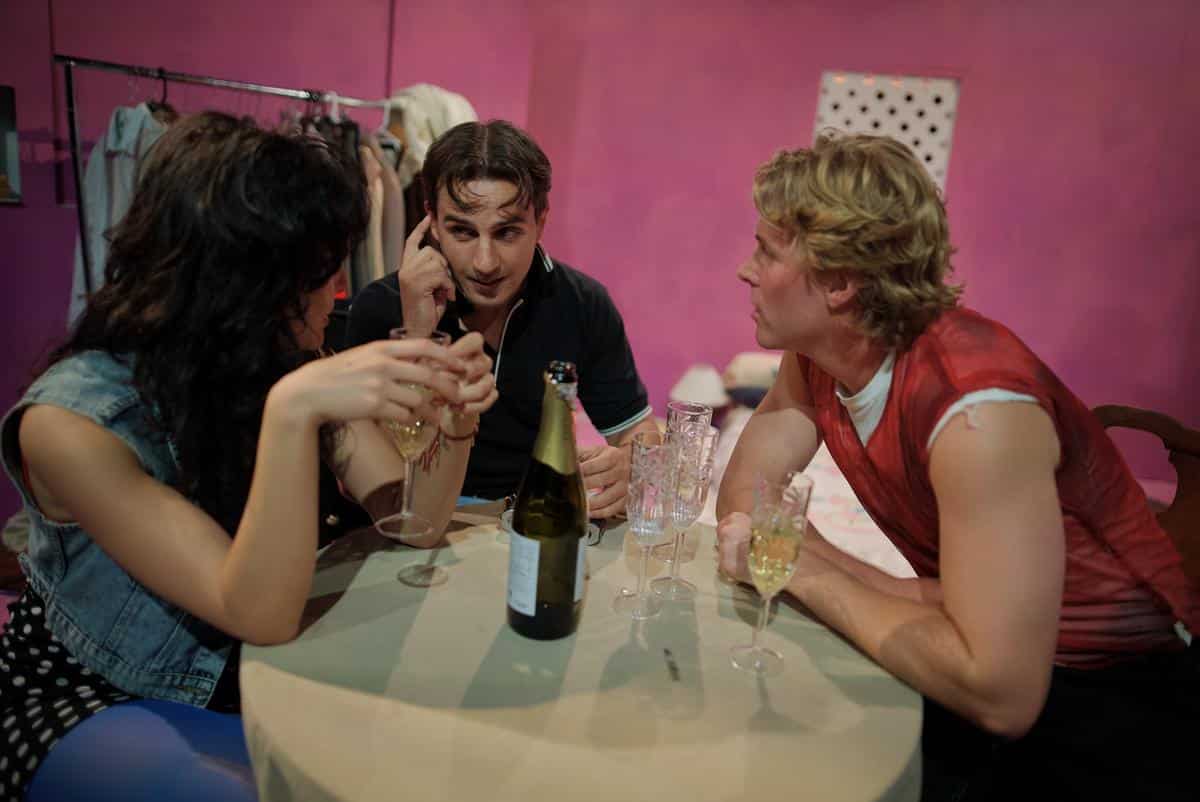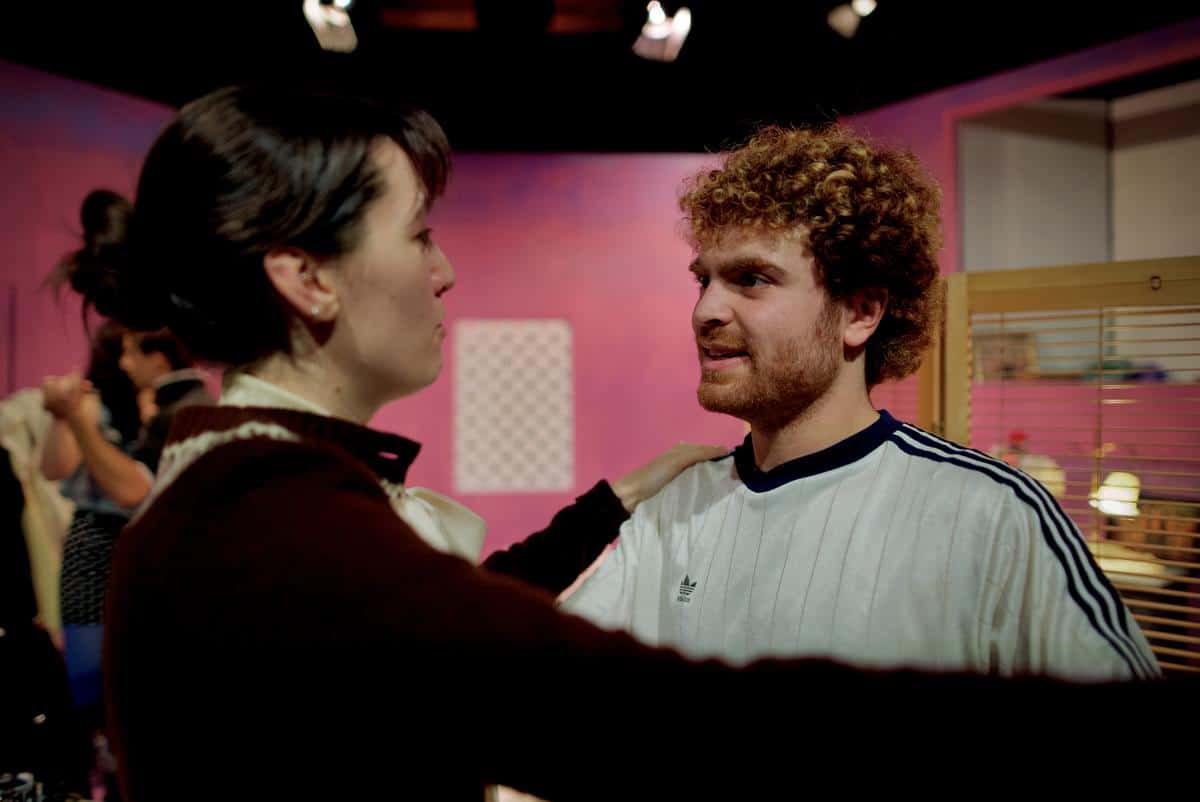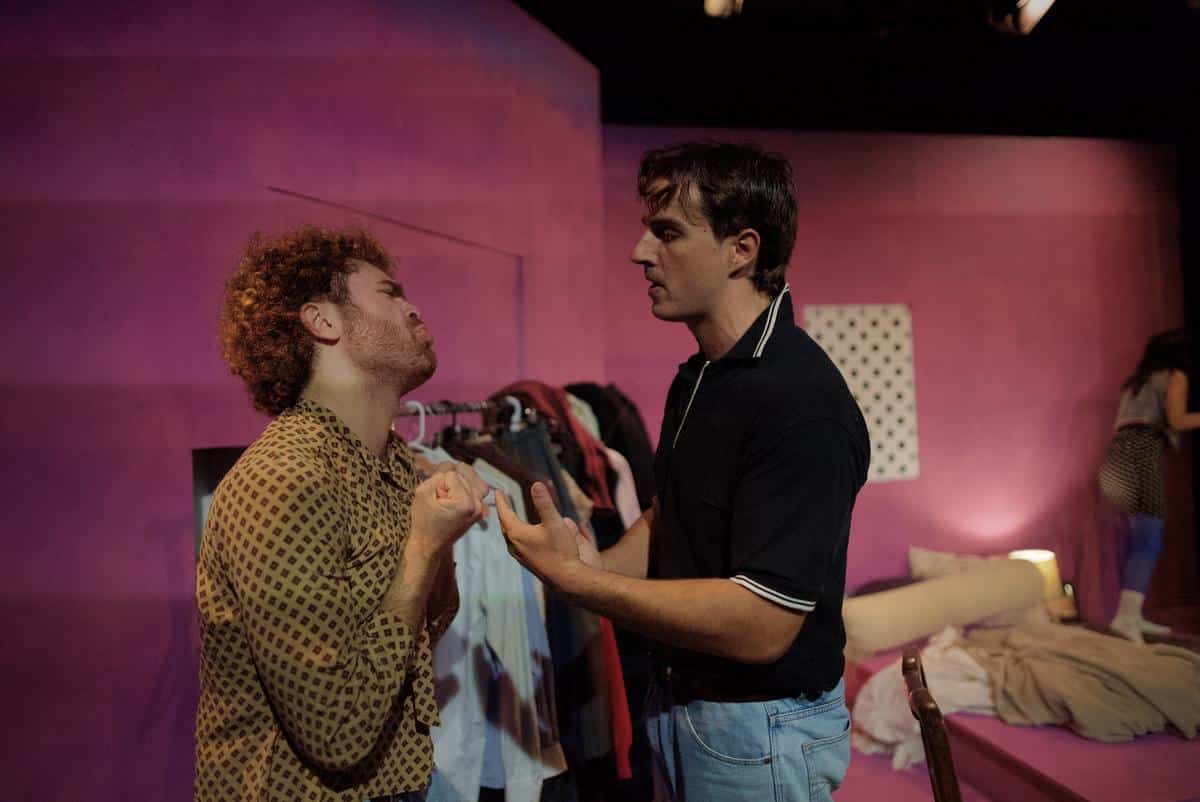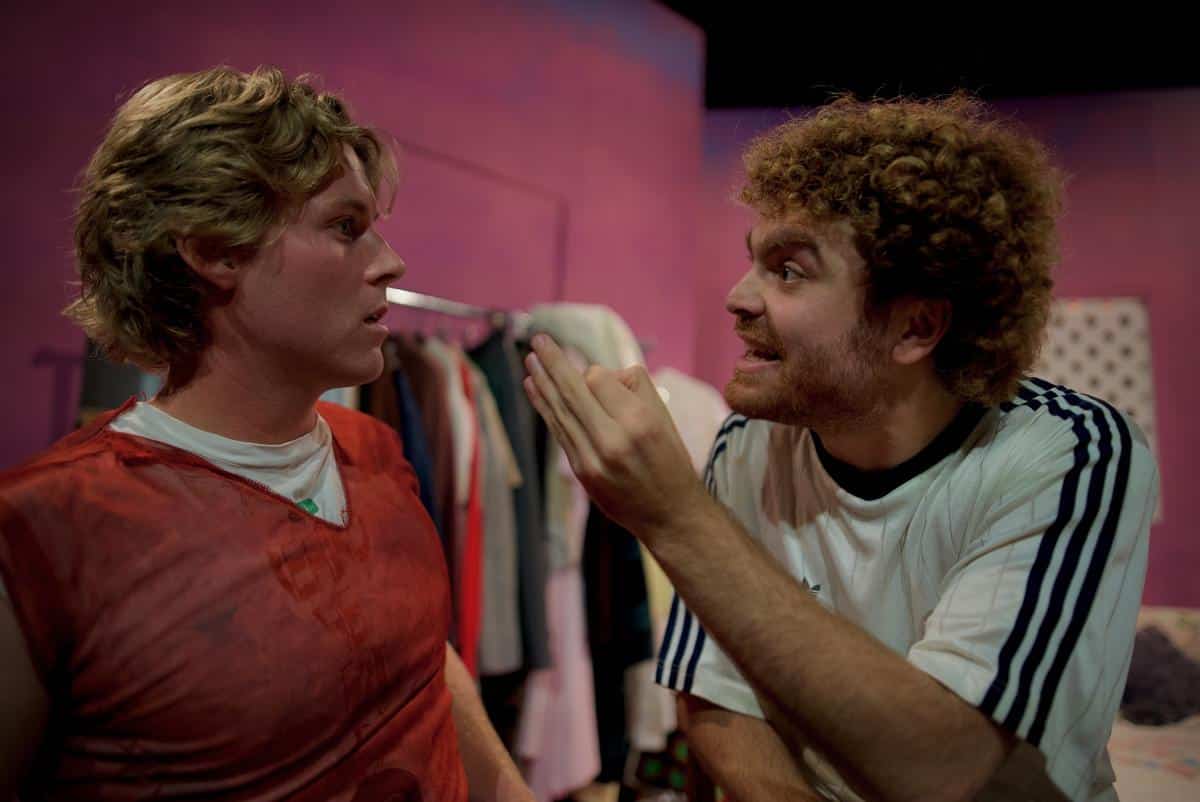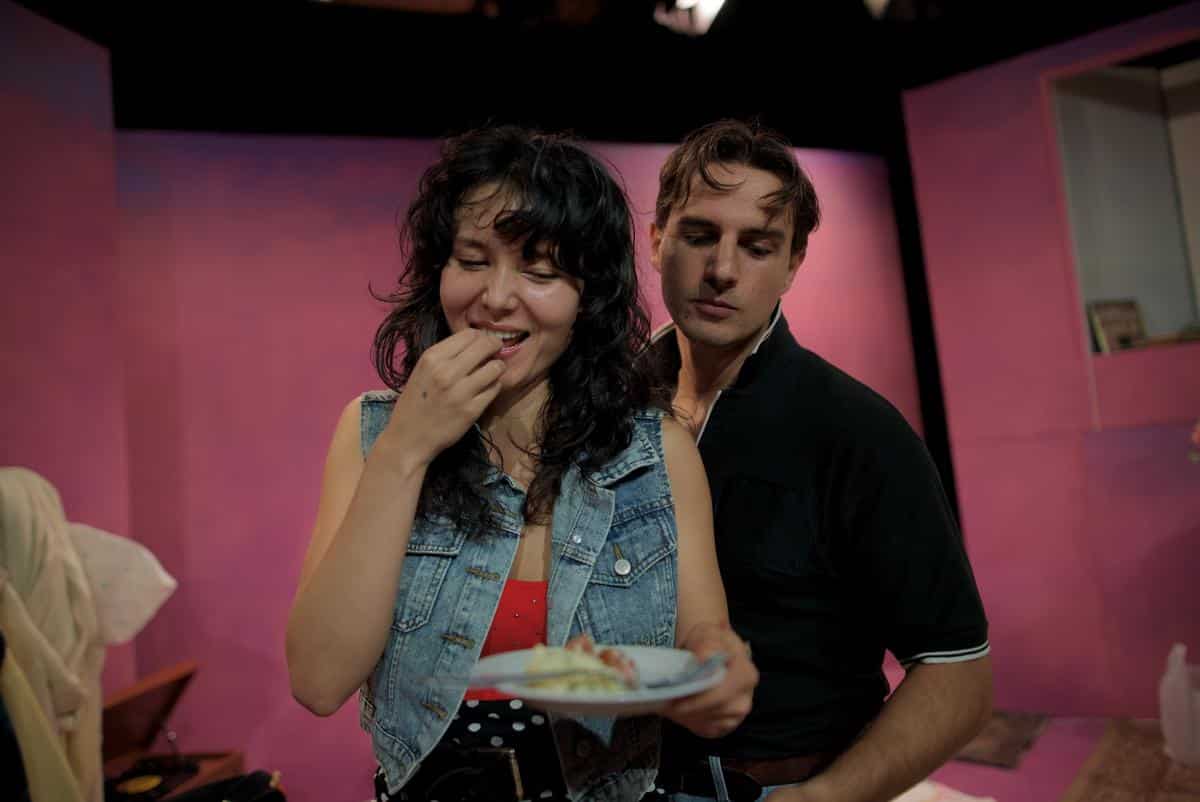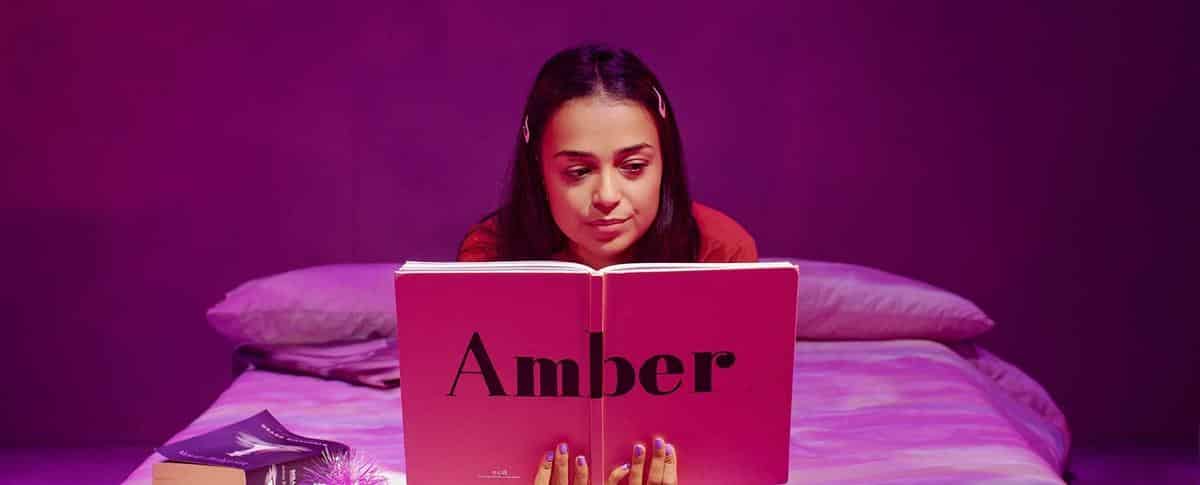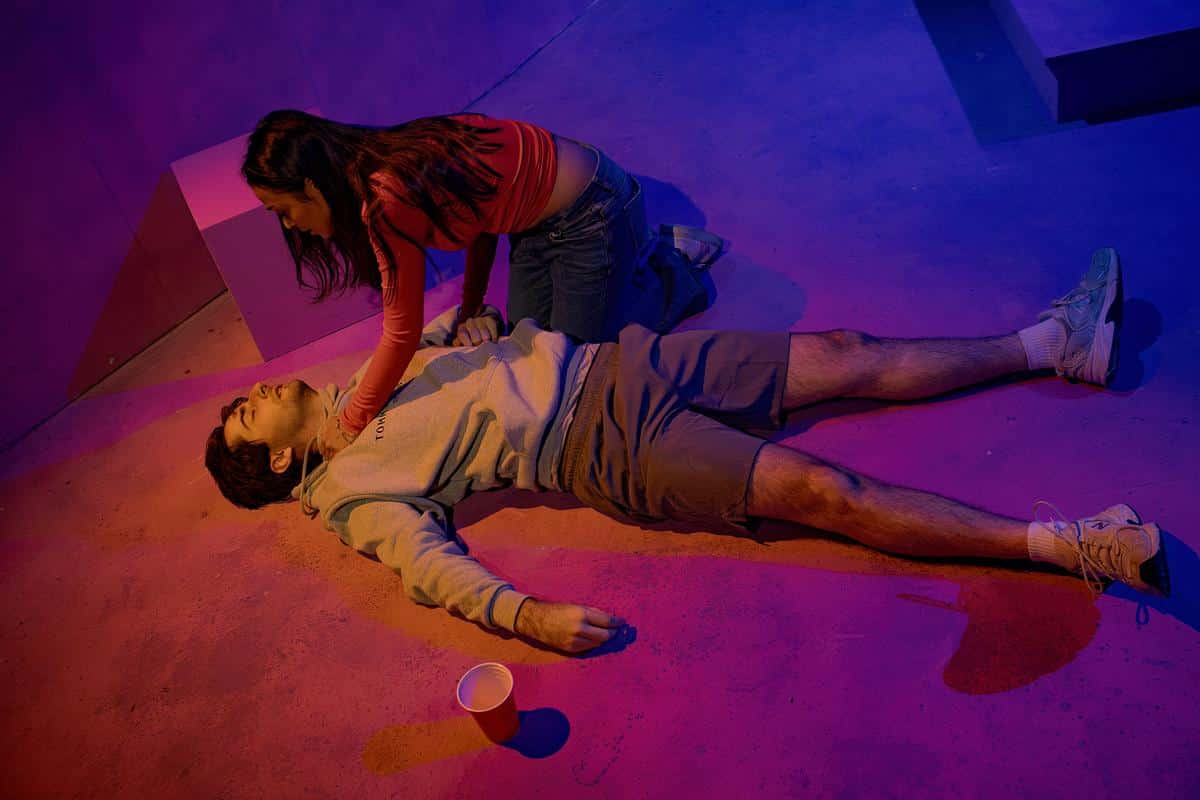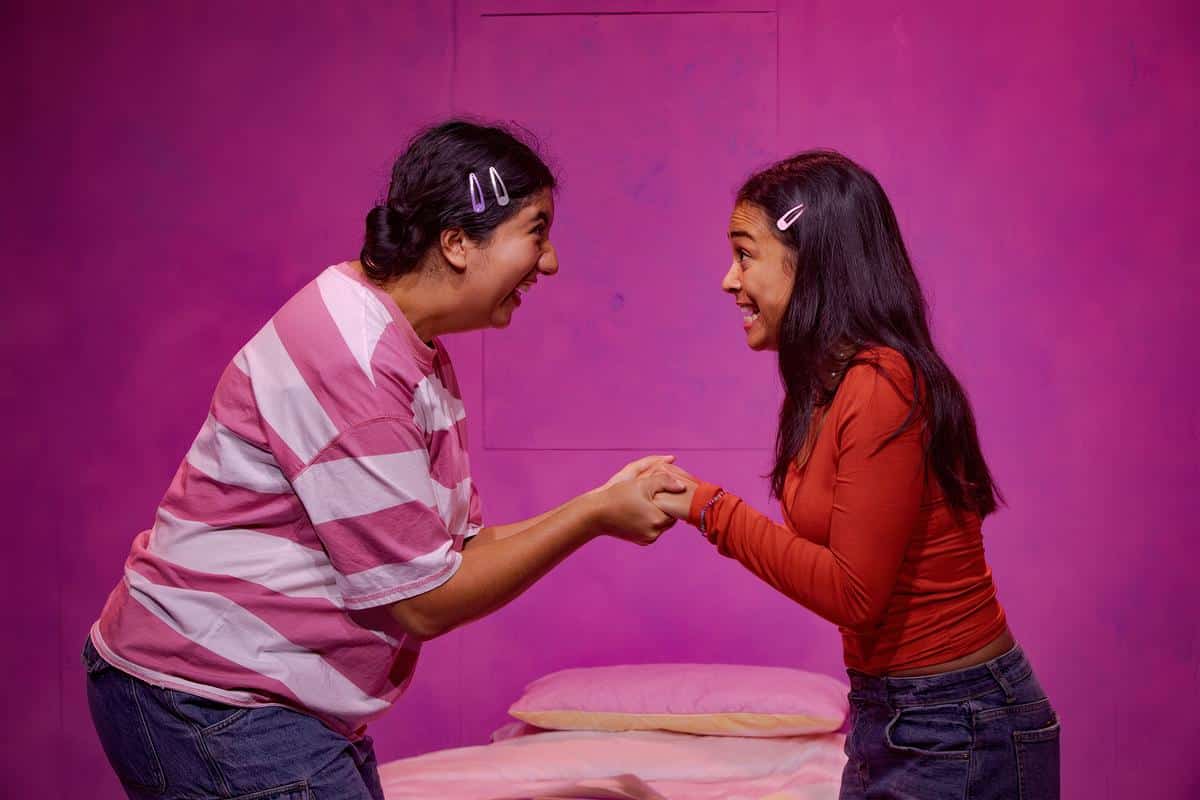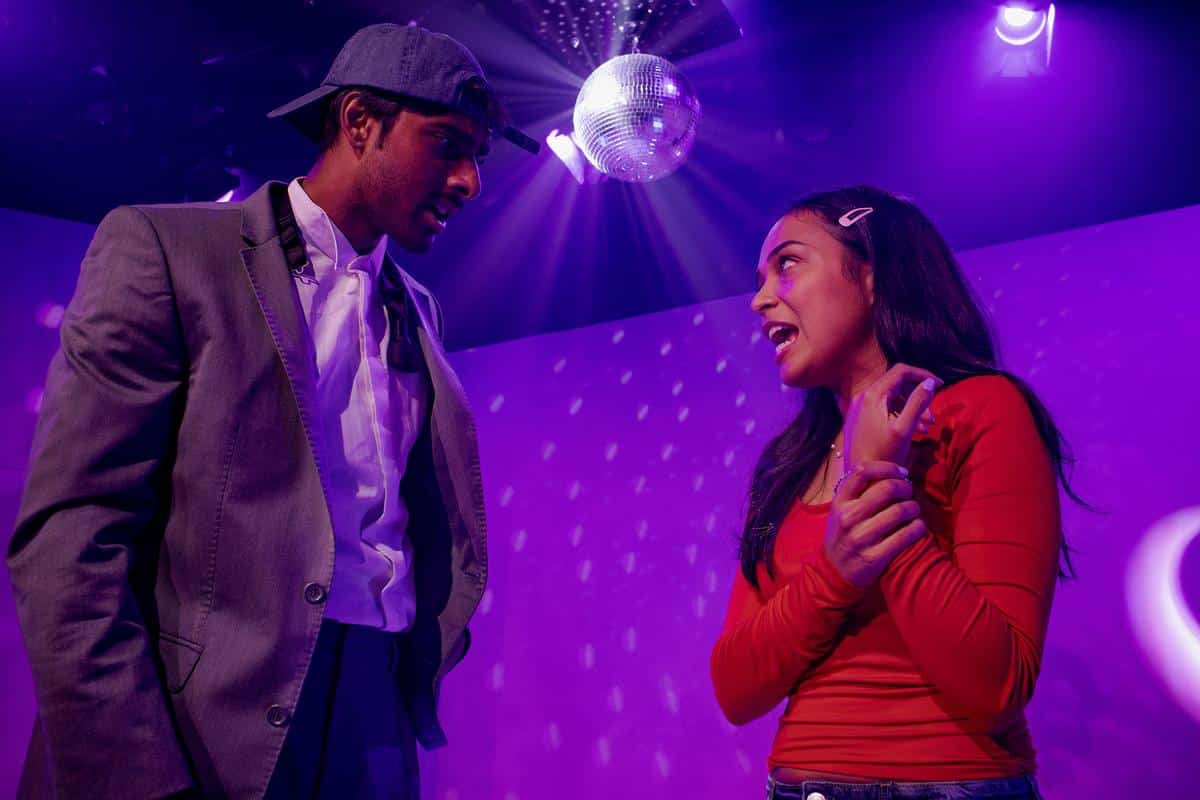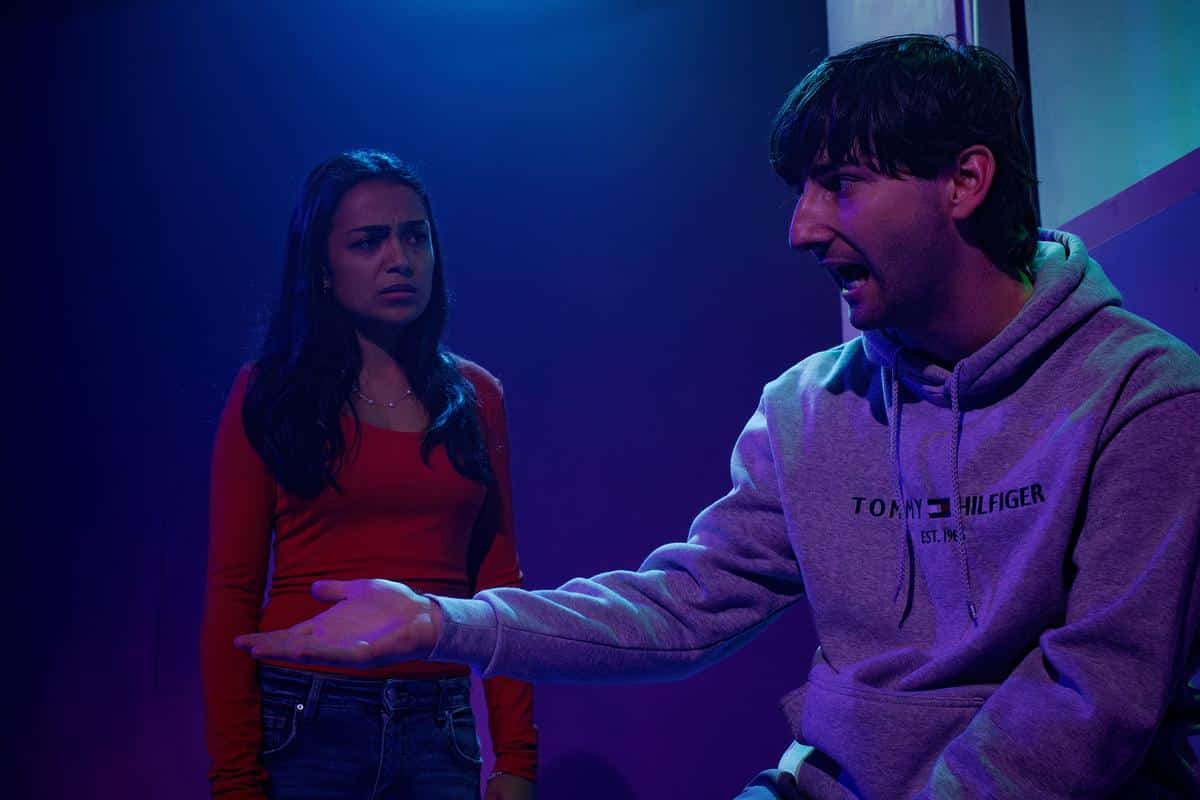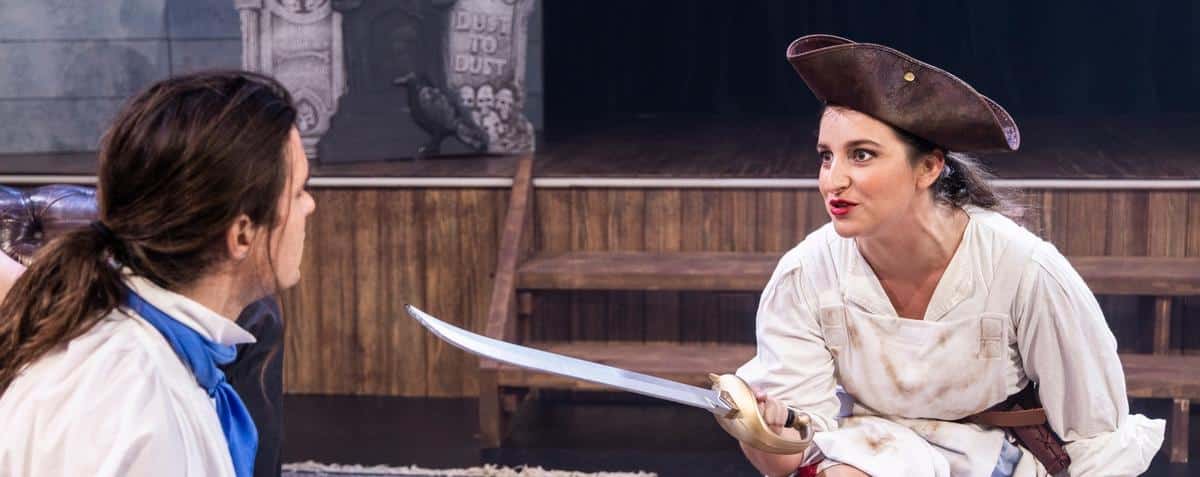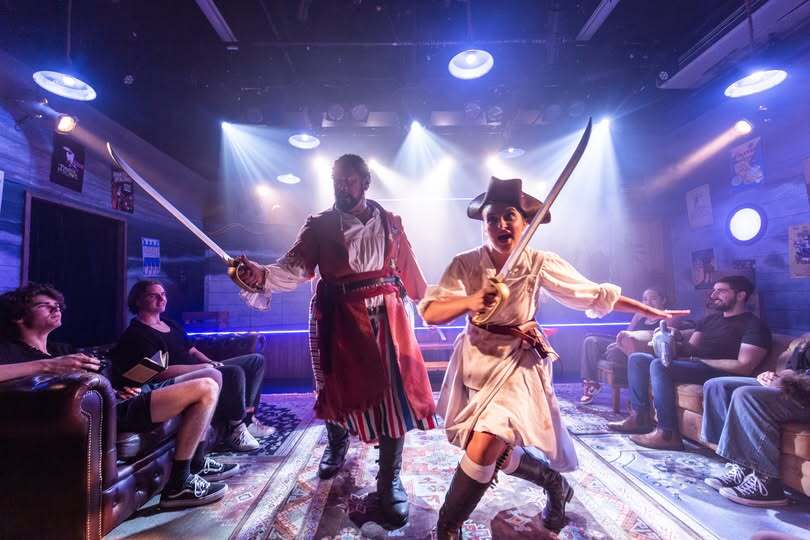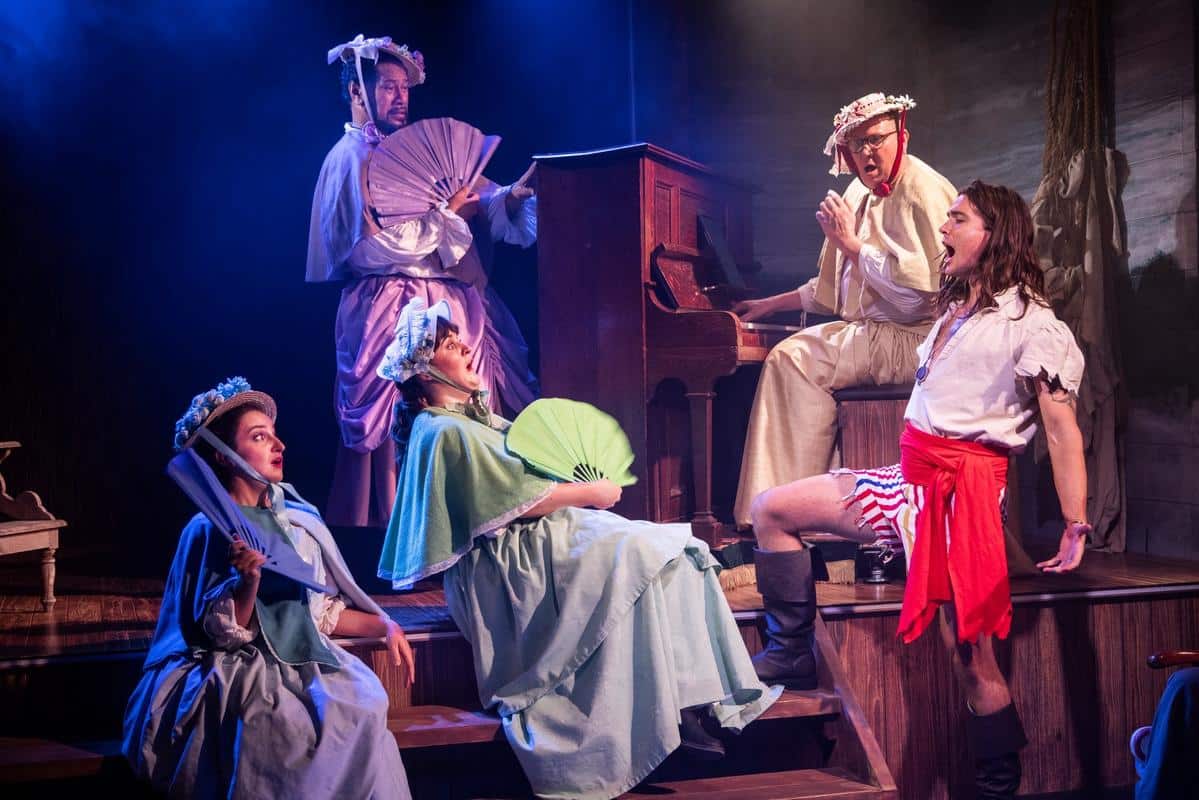Written and performed by Aliyah Knight, Snakeface is an unapologetically raw solo performance that plunges the audience into the turbulent mind of a young black woman navigating love, identity, and self-worth in white Australia. Staged in an intimate, amphitheatre-style venue seating no more than 80 people, the sparse set and close quarters create a confessional atmosphere – almost as if we’ve been invited into Snakeface’s private reckoning.
The play unfolds as a 90-minute monologue – fast-paced, fragmented, and emotionally charged. Knight’s character spirals through thoughts and memories, swinging between the emotional highs and gut-wrenching lows of relationships: a girlfriend she adores but who drifts in and out of her life, predatory men, and the isolating ache of being unseen. These aren’t clean narrative arcs but messy, unresolved entanglements – mirroring the chaos within.
There are moments of levity, brief flashes of sharp humour that puncture the heaviness. Yet overall, the experience is intense, almost claustrophobic in its honesty. It’s not an easy listen – the sheer density of language and emotional weight can be exhausting – but it’s also riveting.
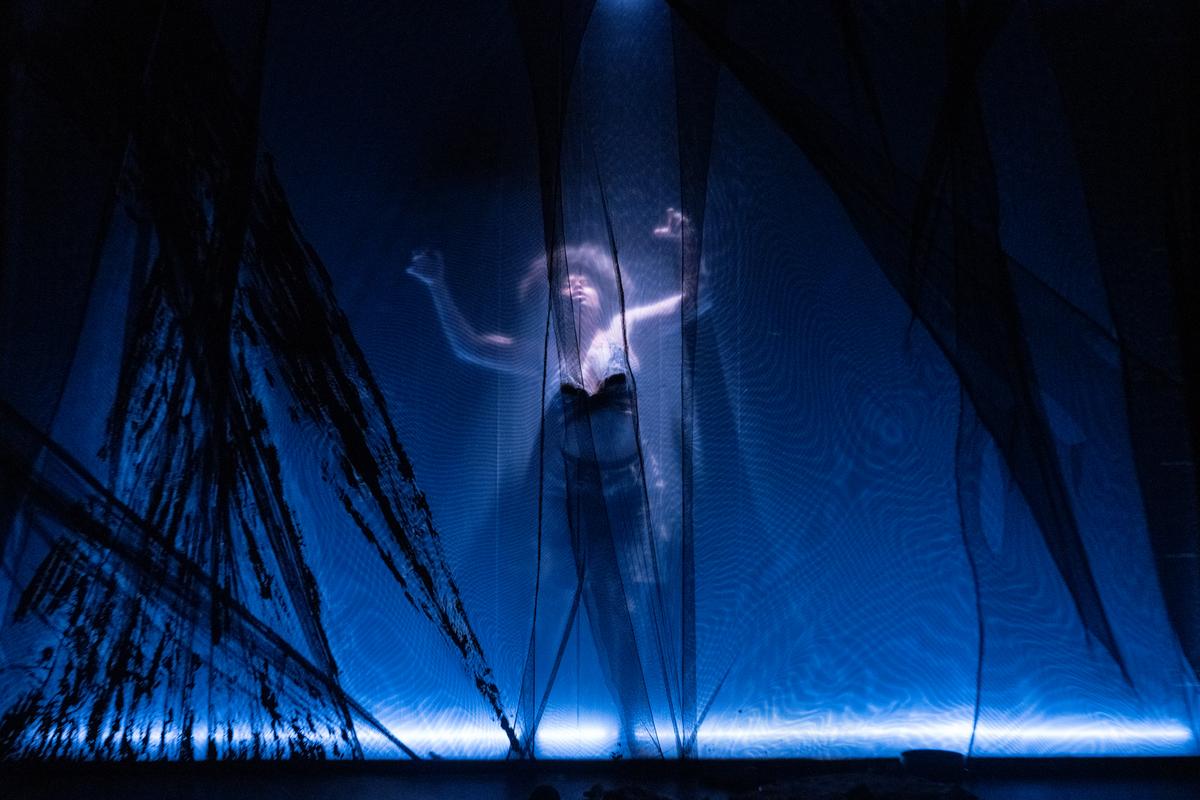
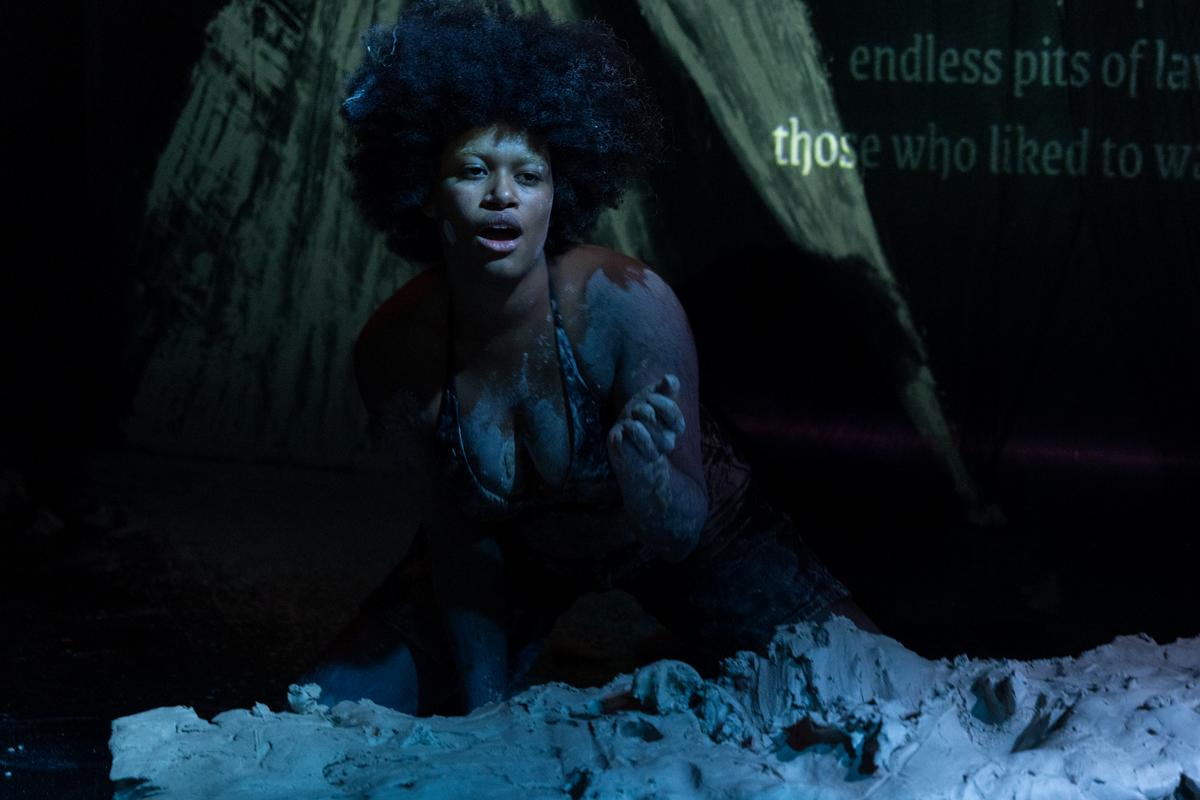
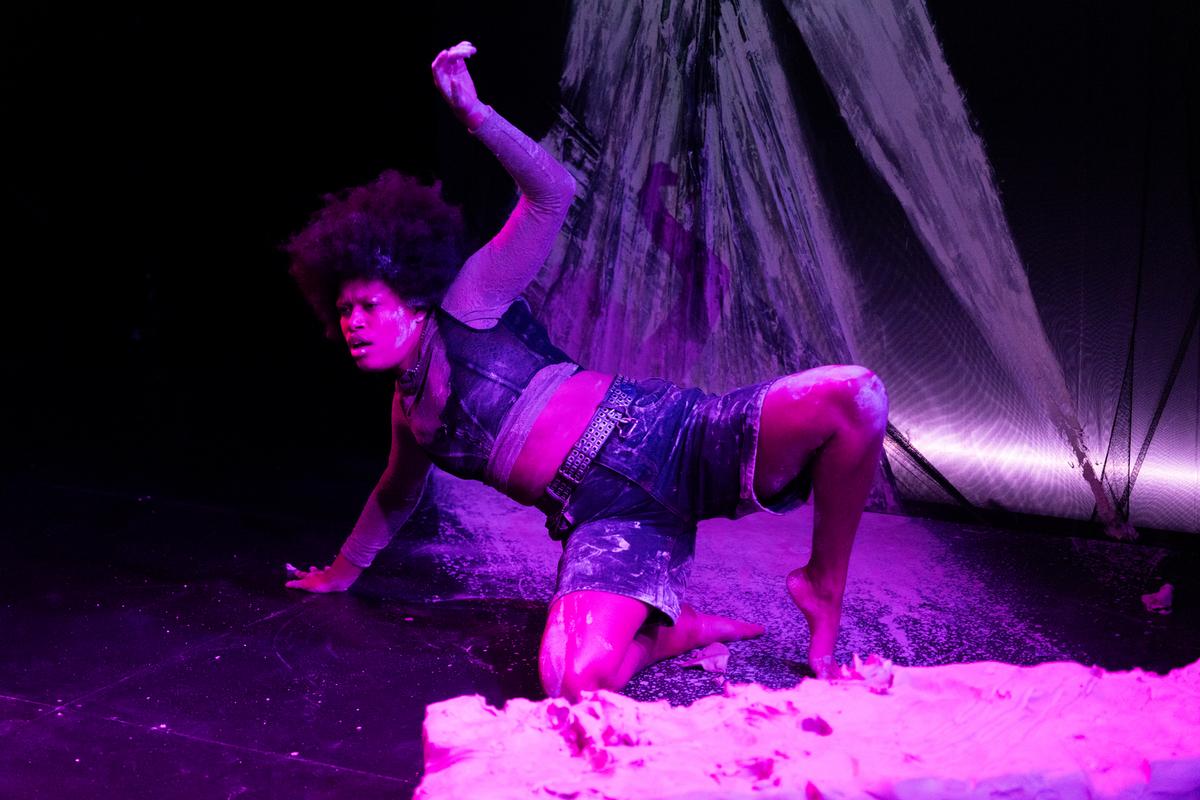
Knight’s sculptor identity is cleverly embedded in the staging. A large block of soft clay sits at the centre of the set, which she digs into and manipulates as the performance progresses. By the end, she’s covered in it – a visceral visual metaphor for how we mould and are moulded by our traumas, desires, and decisions. The mesh backdrop, which doubles as a projection screen, flashes fragmented thoughts and phrases, echoing her inner turmoil and providing commentary or emotional cues for the audience.
The sound design by Marco Cher-Gibard adds an atmospheric layer – ranging from subtle ambient textures to pounding nightclub beats – underscoring shifts in mood and energy. Similarly, lighting by Rachel Lee and projection design by Wendy Yu enhance the storytelling, immersing us deeper into Snakeface’s emotional landscape.
Though the structure at times feels loose, even meandering, it’s this lack of polish that gives Snakeface its edge. It’s not about resolution – it’s about being seen in the mess. And Knight, as the sole performer, commands the space with stamina and vulnerability, keeping the audience engaged throughout.
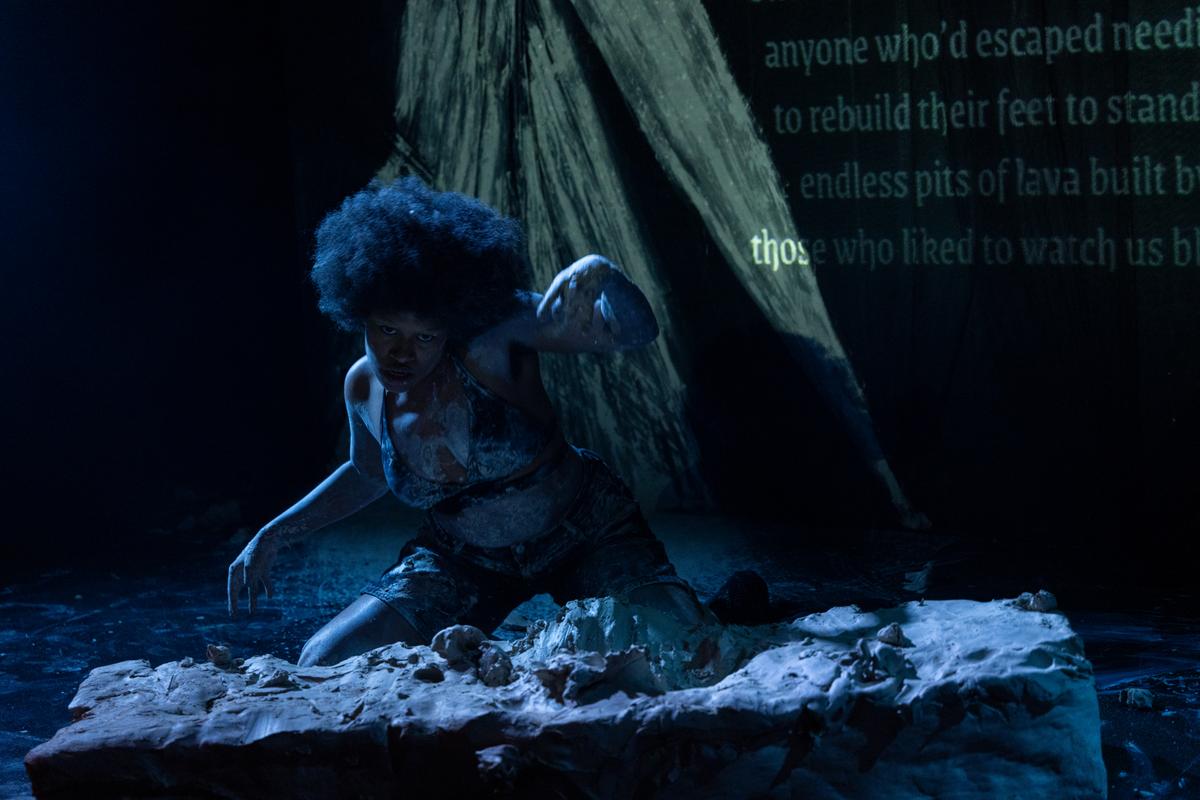
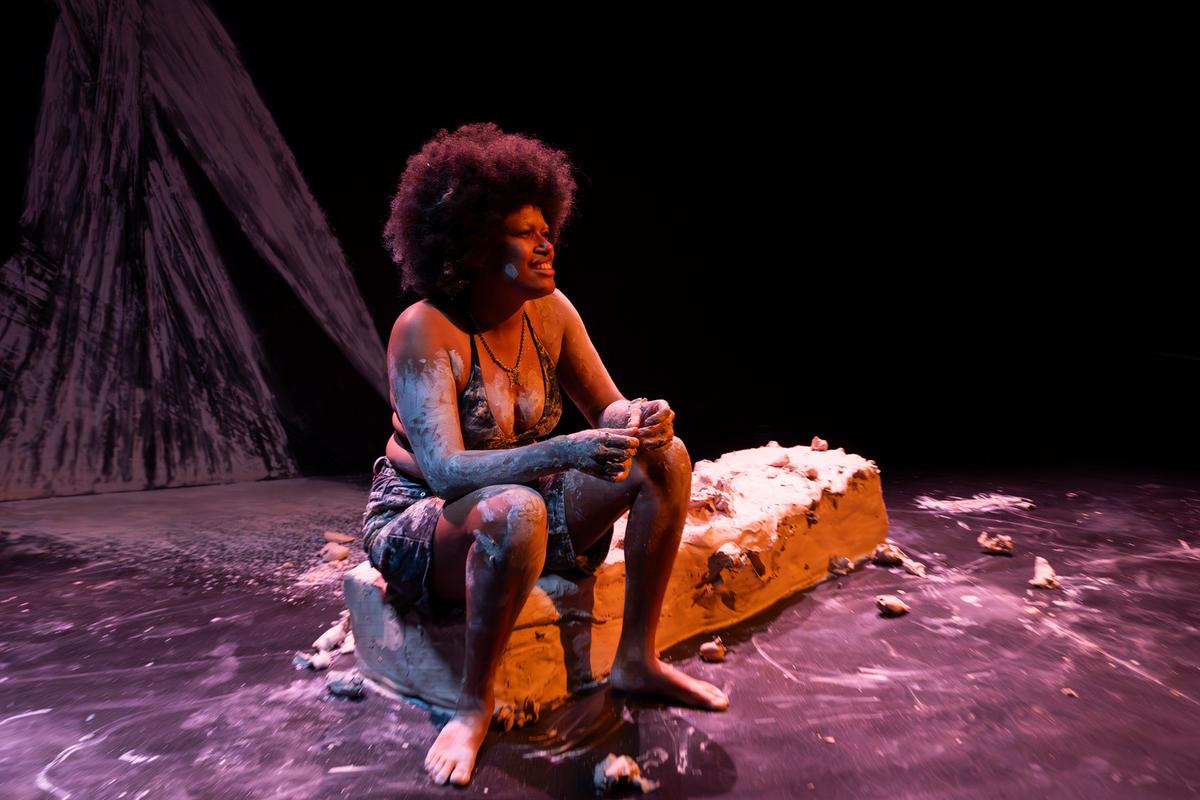
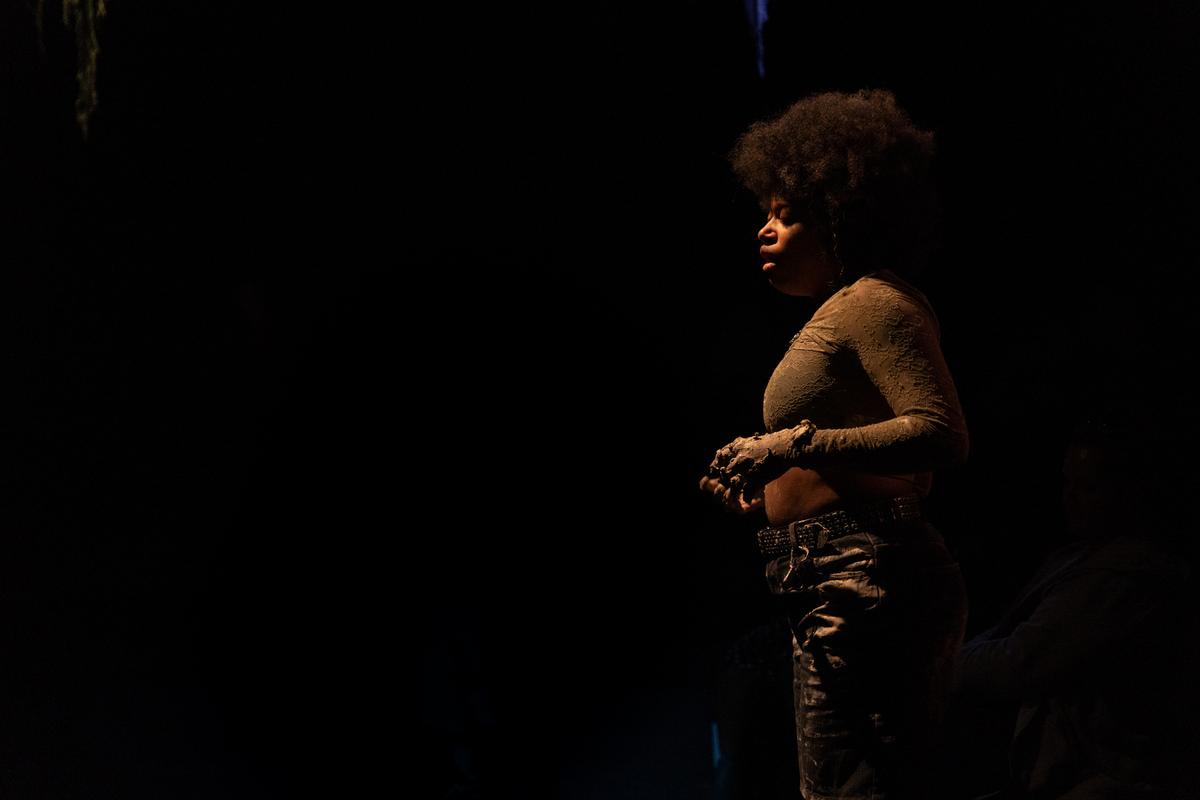
Directed and dramaturged by Bernadette Fam and supported by a team of creatives – including producer Madeleine Gandhi, set and props designer Keerthi Subramanyam, and movement director Fetu Taku – Snakeface is a collaborative feat with Knight’s bold performance at its heart.
The audience was predominantly female and spanned a wide age range, clearly resonating with the rawness and relatability of the themes. Practical comforts – padded seats, excellent air conditioning, and the welcome permission to bring drinks into the theatre – made the experience physically enjoyable, despite the emotional intensity onstage.
Snakeface is not a traditional play – it’s a poetic excavation, a cry for recognition, and a reflection of one woman’s attempt to make sense of her fractured world. It may not be comfortable viewing, but it is compelling, urgent, and defiantly human.
Snakeface was awarded runner-up in the Australian Theatre Festival NYC 2024 New Play Award.
To book tickets to Snakeface, please visit https://belvoir.com.au/productions/snakeface/.
Photographer: Abraham de Souza
